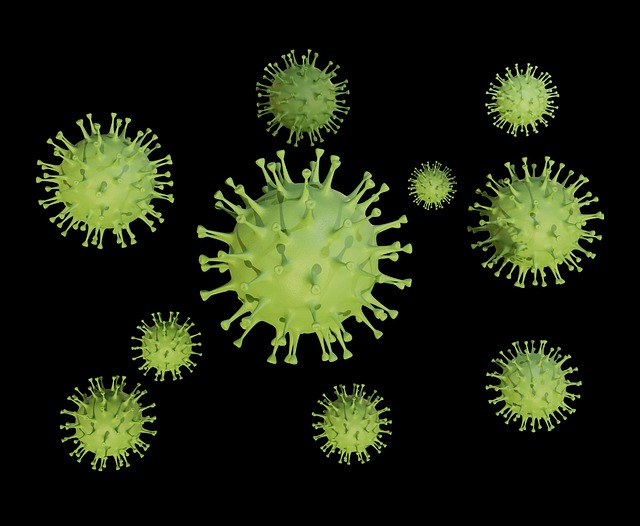Patients with coronavirus disease 2019 (COVID-19) are at increased risk of ischemic cardiovascular complications up to 1 year after infection. Although the systemic inflammatory response to severe acute respiratory syndrome coronavirus 2 (SARS-CoV-2) infection likely contributes to this increased cardiovascular risk, it remains unknown whether SARS-CoV-2 directly infects coronary vasculature and atherosclerotic plaques. companions.
Here we report that SARS-CoV-2 viral RNA is detectable and replicates in coronary lesions taken at autopsy of severe COVID-19 cases.
SARS-CoV-2 targeted plaque macrophages and showed stronger tropism for arterial lesions than for adjacent perivascular fat, correlating with levels of macrophage infiltration. SARS-CoV-2 entry was increased in cholesterol-laden primary macrophages and was dependent, in part, on neuropilin-1. SARS-CoV-2 induced a strong inflammatory response in cultured macrophages and human atherosclerotic vascular explants with secretion of cytokines known to trigger cardiovascular events.
Our data establish that SARS-CoV-2 infects coronary vessels, inducing plaque inflammation that could trigger acute cardiovascular complications and increase long-term cardiovascular risk.
Development
Coronavirus disease 2019 (COVID-19), caused by severe acute respiratory syndrome coronavirus 2 (SARS-CoV-2), is uniquely marked by extraordinary tissue tropism and a variety of clinical presentations, from asymptomatic infection to difficult acute respiratory syndrome, multiple organ failure and death.
Ischemic cardiovascular events, such as acute myocardial infarction (AMI) and stroke , due to underlying disruption of a chronically inflamed atherosclerotic plaque, are established clinical complications of COVID-19. AMI and stroke can be triggered by several acute respiratory viral infections, including the influenza virus. However, COVID-19 patients are >7 times more likely to have a stroke than influenza patients, and their risk of both AMI and stroke remains high up to 1 year after infection.
The extreme inflammatory response that occurs in severe cases of COVID-19, also known as cytokine storm , likely contributes to the increased risk of MI and stroke. However, the possibility that SARS-CoV-2 directly affects the coronary vasculature, as has been documented for other distant organs (e.g., kidney, intestine, brain, adipose tissue, and myocardium), remains largely unexplored. In the lungs, tissue damage is aggravated by potent inflammasome activation in macrophages that detect the SARS-CoV-2 virus. A similar response in macrophages infiltrating virus-affected arterial vessels could increase plaque inflammation and the risk of AMI and stroke in COVID-19 patients.
We showed, in coronary autopsy samples from COVID-19 patients, that infiltrating macrophages were infected by SARS-CoV-2.
Lipid-laden macrophages (foam cells), a hallmark of atherosclerosis at all stages of the disease, were more susceptible to SARS-CoV-2 infection than other macrophages, and this was dependent on the neuropilin-1 receptor (NRP-1). 1). SARS-CoV-2 induced a strong proatherogenic inflammatory response in both macrophages and foam cells, which was largely recapitulated in an ex vivo SARS-CoV-2 infection of human vascular explants. This response may contribute to ischemic cardiovascular complications in patients with COVID-19.
Conclusions
Overall, our data demonstrate that SARS-CoV-2 replicates in macrophages within the human coronaries of patients who died from severe COVID-19. Our study is limited to the analysis of a small cohort of older people with COVID-19 and pre-existing atherosclerosis and other medical conditions and comorbidities. Therefore, our observations cannot be extrapolated to younger, healthier individuals.
Our study is also limited to cases that occurred during the early phases of the COVID-19 pandemic, and the findings that SARS-CoV-2 replicates in the atherosclerotic coronary vasculature are relevant only to viral strains that circulated in the New York City between May. 2020 and May 2021. Despite these limitations, our study highlights the hyperinflammatory response orchestrated by plaque macrophages and foam cells infected with SARS-CoV-2 as a mechanistic link between infection of atherosclerotic coronary vessels and acute cardiovascular complications of COVID-19.
















